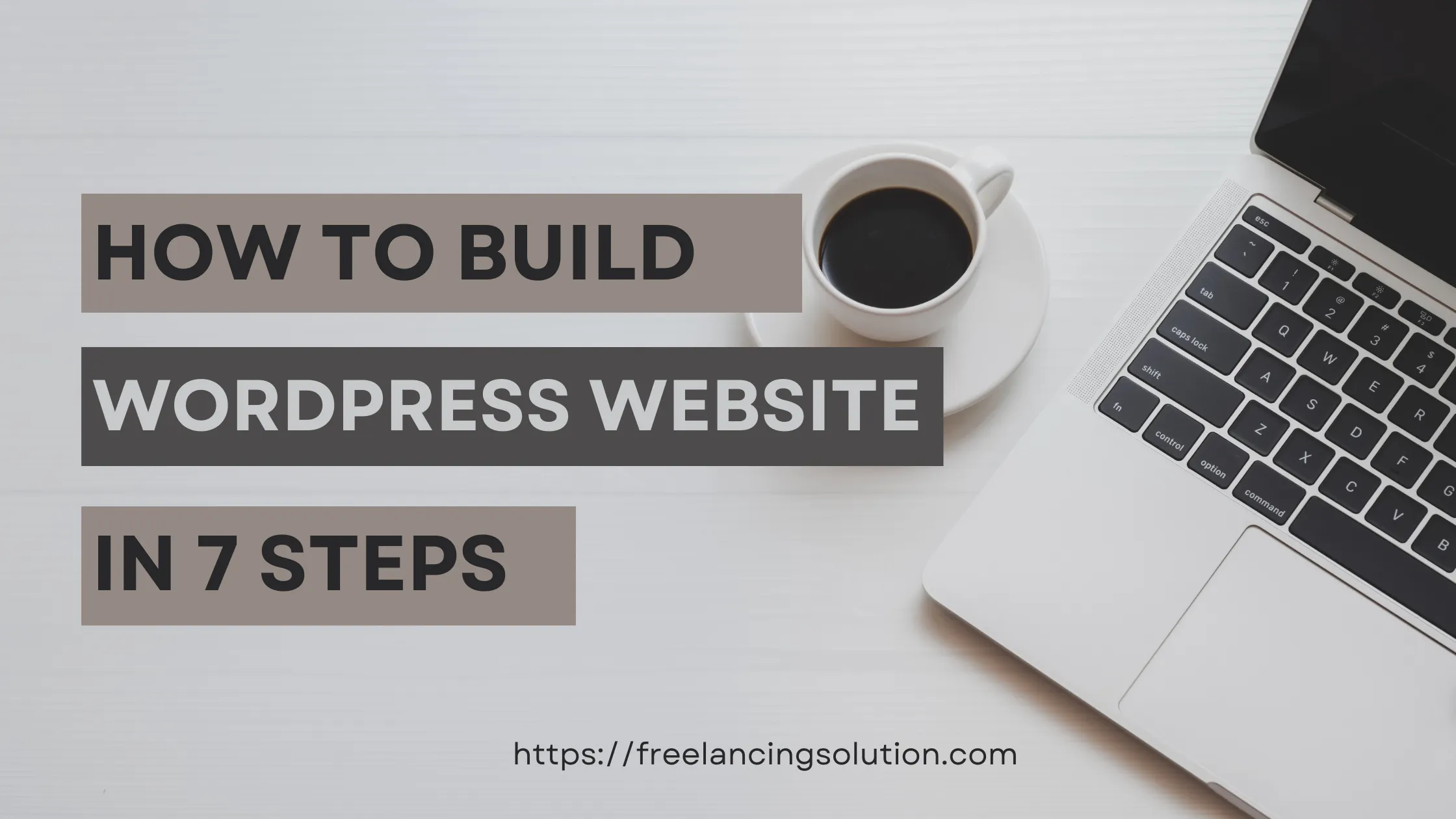Building a WordPress website is easier than you might think. Here are seven steps to help you get started:
1. Get your domain name.
- Get your domain name.
Your website’s URL will be the most important element of its brand, so you want to make sure that it’s easy to remember. You should also check if the domain name is available for at least 2 years by checking it on a site like Namecheap (my personal favorite).
Make sure that you can purchase the domain where you want it—some countries don’t allow certain domains like .com or .net, so it’s best to choose one that works in your country as well as abroad. If all else fails, consider using a country-specific extension such as .co.uk instead of just getting an international version like .com
2. Pick a website host.
Now that you have your WordPress website theme, you need to find a host. The best hosting providers offer reliable, secure and fast websites as well as a free domain name. You can also choose a web hosting provider that offers an easy-to-use website builder tool, or even one that will help transfer your existing site over using their service.
3. Prepare a WordPress installation.
To install WordPress, you’ll need to upload the .zip file to a folder on your web host. Once you have that set up, unzip it and choose a new name for your website. Once you’ve finished with this initial installation process, you’ll be able to use it as a base for your site. But before you start building out the site in earnest, there are still some steps left to take: installing themes and plugins (if desired), adding content, making backups and more.
4. Choose a theme to design your WordPress website.
- Choose a responsive theme
- Choose an SEO-friendly theme
- Choose a theme that is easy to use
- Choose a fast loading, well coded theme
5. Add content to your web pages and posts.
In this section, you’ll learn how to add content to your website:
- Add images and videos.
- Add links and tables.
- Add text formatting.
- Add links to other websites.
6. Use plugins to add functionality and power up your WordPress website.
The next step is to add some plugins. These are pieces of software that extend the functionality of WordPress and can be used for many different things, such as adding a contact form or displaying your posts in a cool new way.
Plugins are what make WordPress so powerful, so we recommend exploring their vast library of thousands upon thousands of plugins before you start building your site. You’ll find everything from basic contact forms to full-featured ecommerce solutions that allow you to sell products online with ease.
7. Take control of your site’s security and backups.
- Make sure your website is as secure as possible.
- Make sure you know how to download and use plugins that improve security, such as WordFence (for blocking spam comments) and Sucuri Site Check (for malware protection).
- Create regular backups—then make sure the backup is working properly by restoring it! If a disaster strikes, you’ll be glad you did this.
Building a WordPress website can be as easy as seven steps
Building a WordPress website can be as easy as seven steps.
- Choose a Theme and Install it on Your Website
- Set Up Your Login Information in WordPress Admin Panel
- Add a Page Title, Header Image and Navigation Links to Your Site
- Create Content Pages for Each Section of Content You Want to Create on Your Site
- Create Sidebar Widgets and Menus Using the Customizer Plugin or Manually in the HTML Editor Tab (You May Need Help From a Web Designer)
- Import Images From an External Service Into WordPress Gallery Galleries or Upload Them Directly from Your Computer’s Local Drive (You May Need Help From a Web Designer)
Conclusion
Now that you know all the steps involved in building a WordPress website, it’s time to get started! Don’t forget to bookmark this page so that you can come back later and follow through on each one of our recommendations. If any of them seem overwhelming or confusing at first, don’t worry—we promise it will get easier with practice. We also recommend taking breaks throughout the process so that you don’t get overwhelmed by all the new information being thrown at you from all directions (and because working on something for hours straight without stopping is not healthy).



